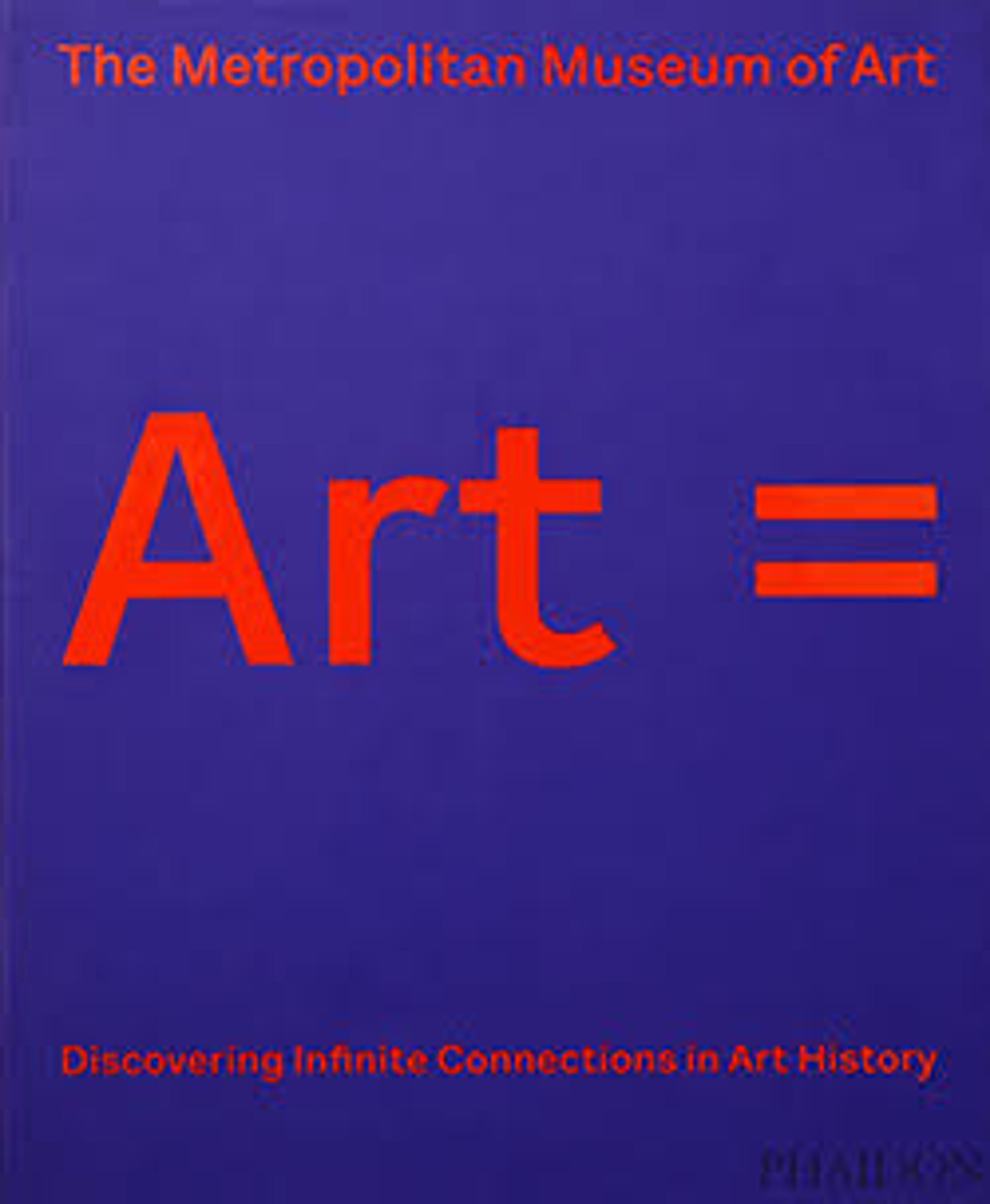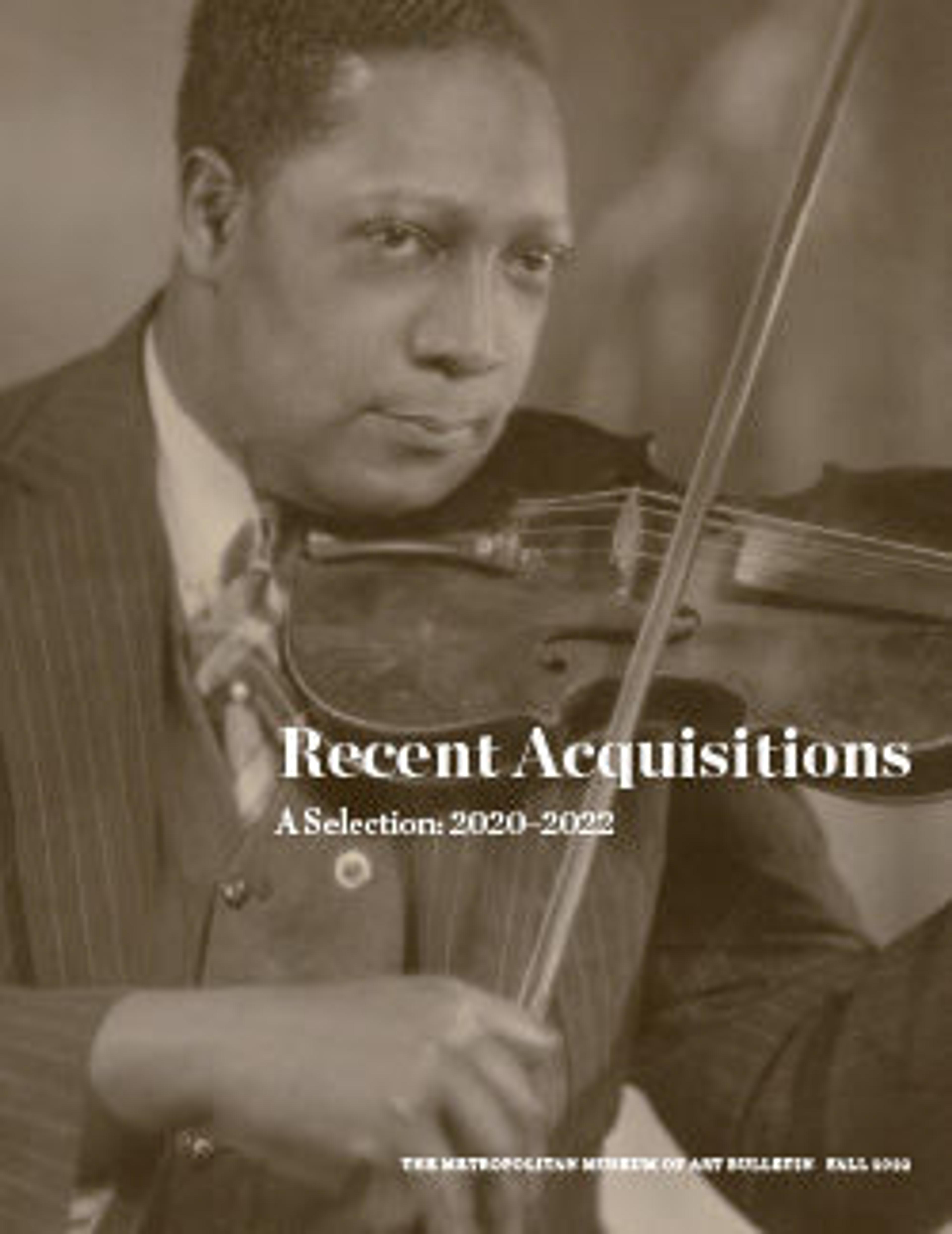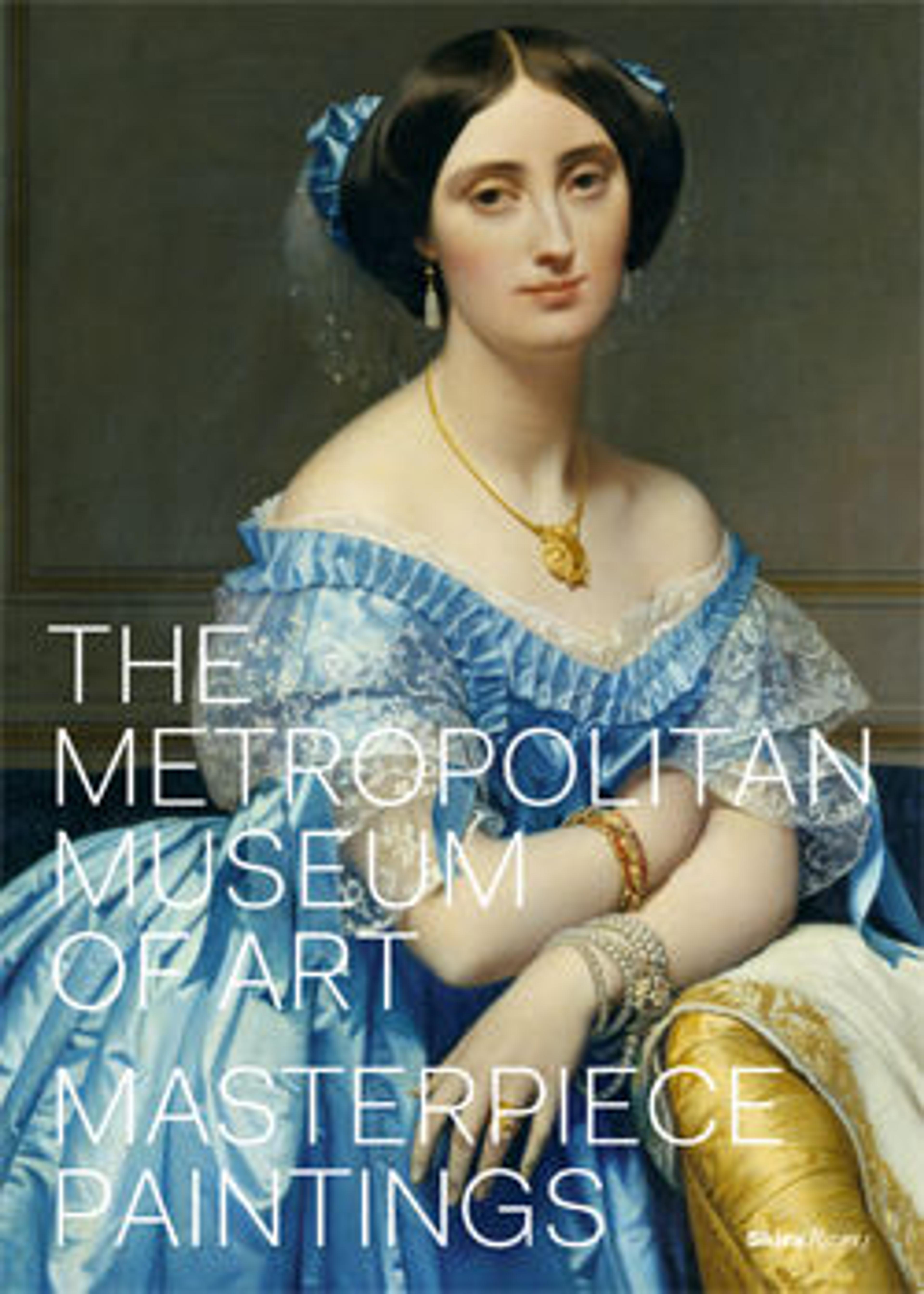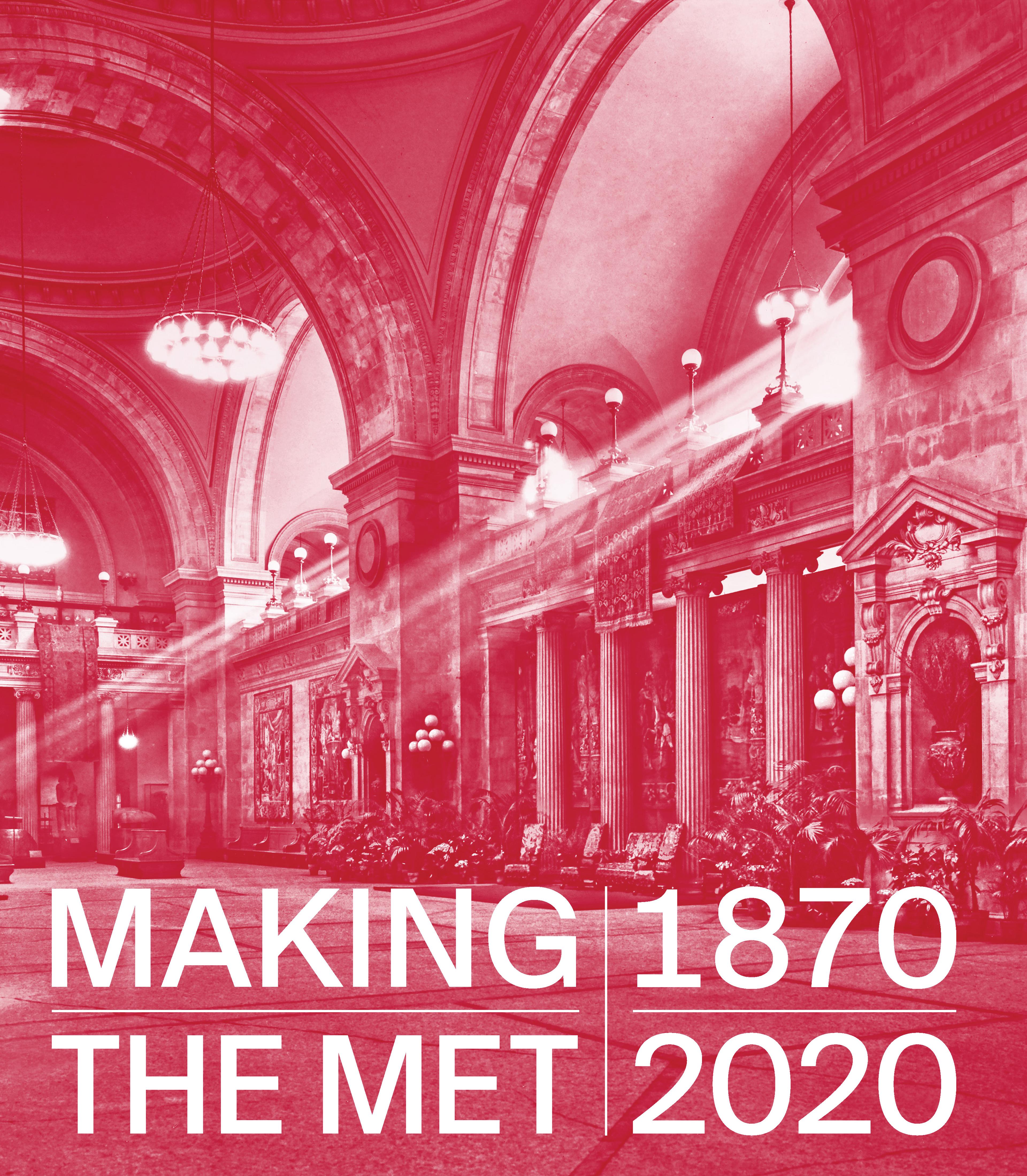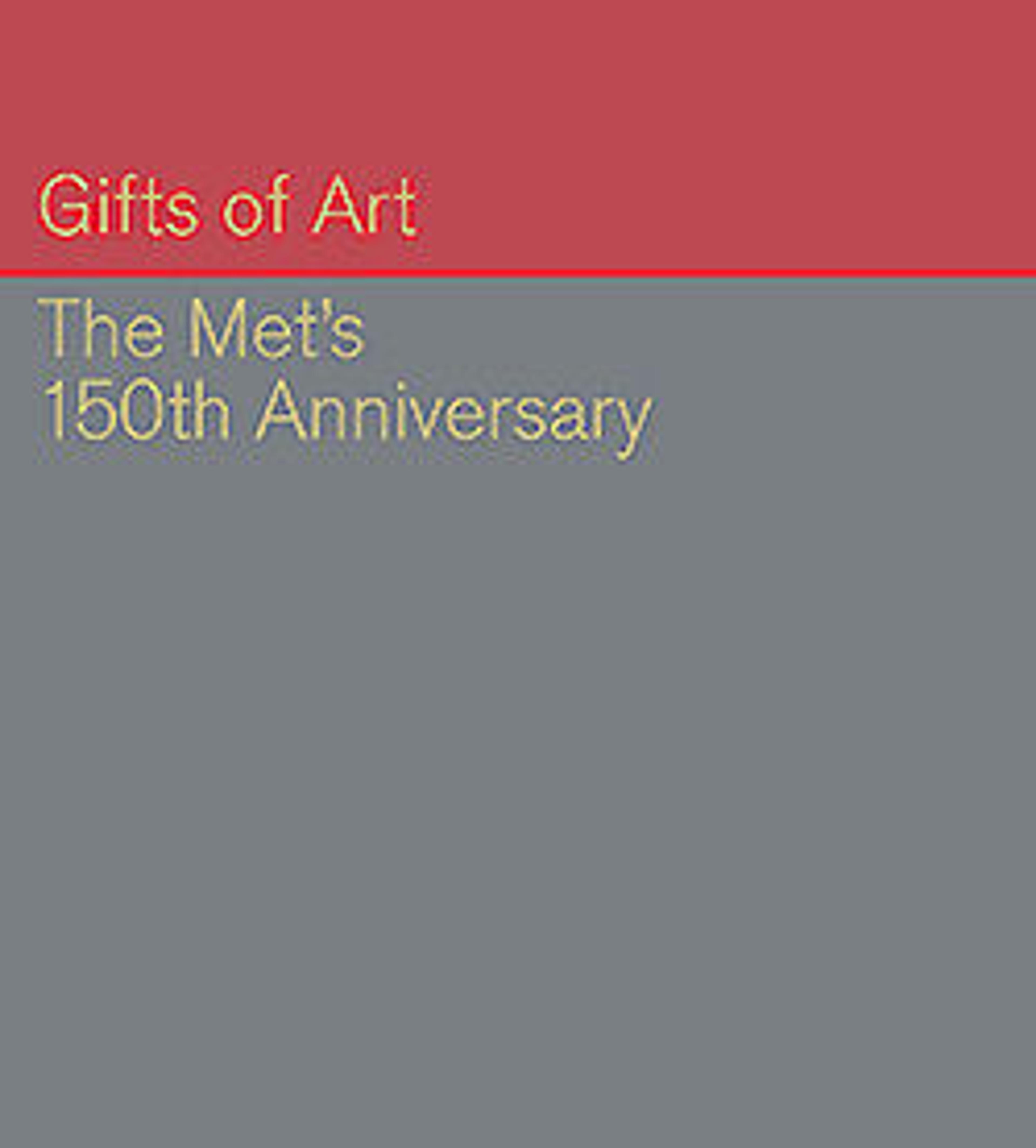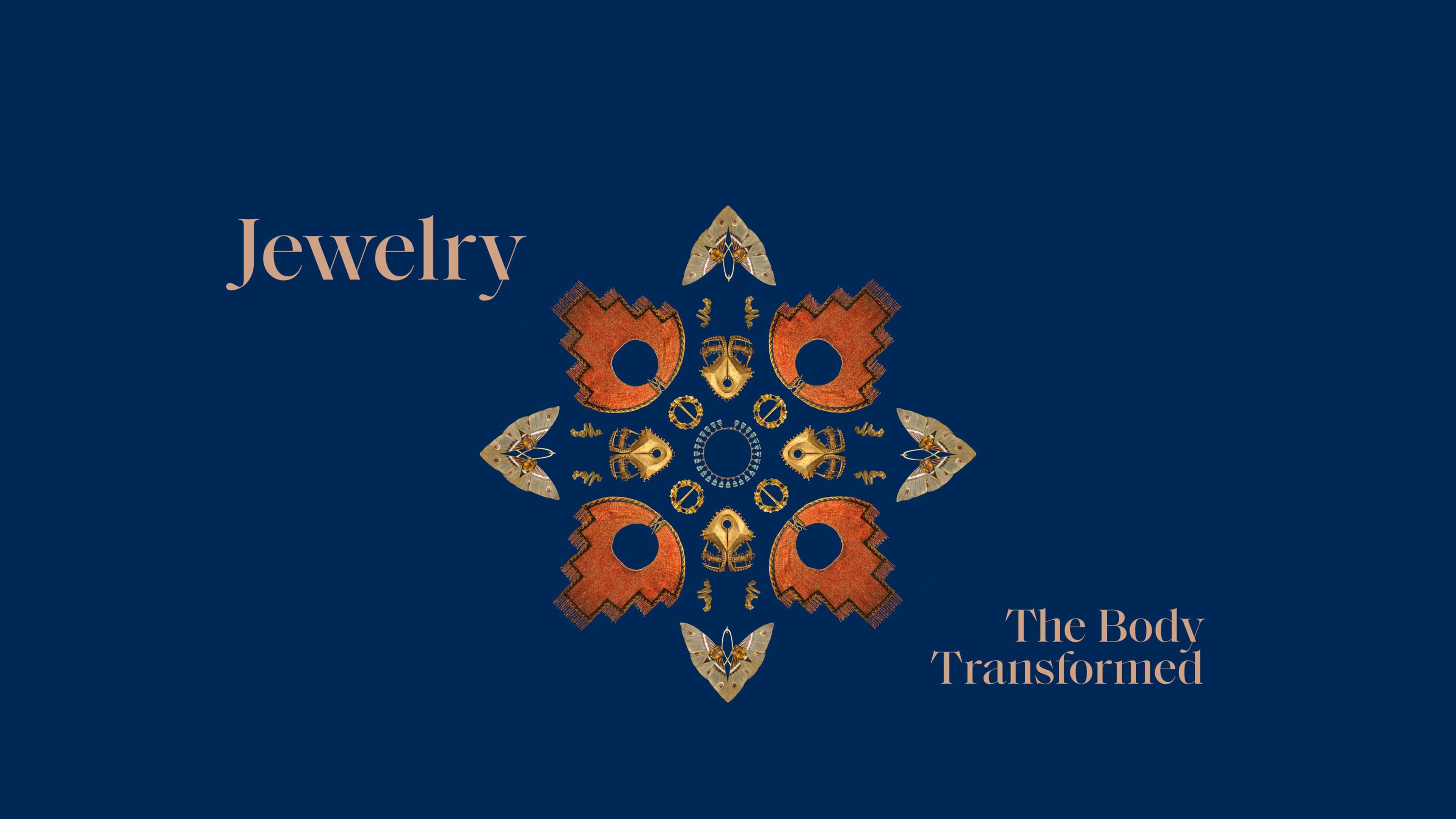
Jewelry: The Body Transformed
As an art form, jewelry is defined primarily through its connection to and interaction with the body—extending it, amplifying it, accentuating it, distorting it, concealing it, or transforming it. Addressing six different modes of the body—Adorned, Divine, Regal, Transcendent, Alluring, and Resplendent—this artfully designed catalogue illustrates how these various definitions of the body give meaning to the jewelry that adorns and enhances it. Essays on topics spanning a wide range of times and cultures establish how jewelry was used as a symbol of power, status, and identity, from earflares of warrior heroes in Precolumbian Peru to bowknot earrings designed by Yves Saint-Laurent. These most intimate works of art provide insight into the wearers, but also into the cultures that produced them.
More than 200 jewels and ornaments, alongside paintings and sculptures of bejeweled bodies, demonstrate the social, political, and aesthetic role of jewelry from ancient times to the present. Gorgeous new illustrations of Bronze Age spirals, Egyptian broad collars, Hellenistic gold armbands, Japanese courtesan hair adornments, jewels from Mughal India, and many, many more explore the various facets of jewelry and its relationship to the human body over 5,000 years of world history.
Met Art in Publication
You May Also Like
Press the down key to skip to the last item.
Citation
Holcomb, Melanie, Kim Benzel, So-yŏng Yi, Diana Craig Patch, and Metropolitan Museum of Art, eds. 2018. Jewelry: The Body Transformed. New York: The Met, The Metropolitan Museum of Art.

